What does an OER lesson plan look like?
Hapara
APRIL 11, 2022
K-12 schools and districts turn to open educational resources (OER) for their flexibility. When you search for OER, you can find already-created lesson plans or other resources to add to your own class plans. Let’s look at the benefits of using an OER lesson plan and what it looks like. Why use an OER lesson plan?

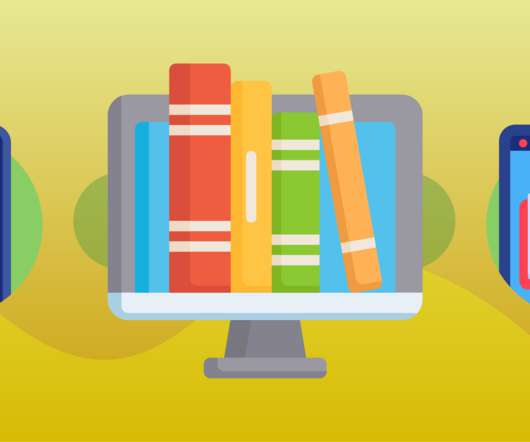
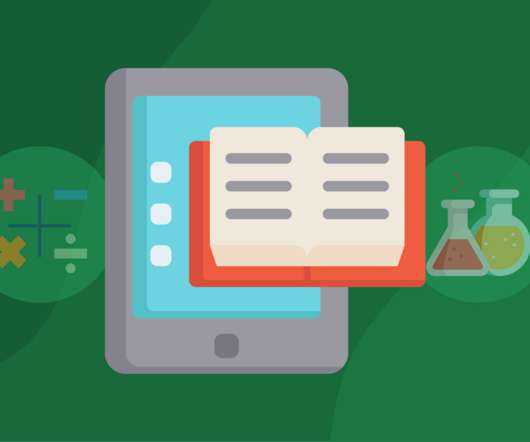
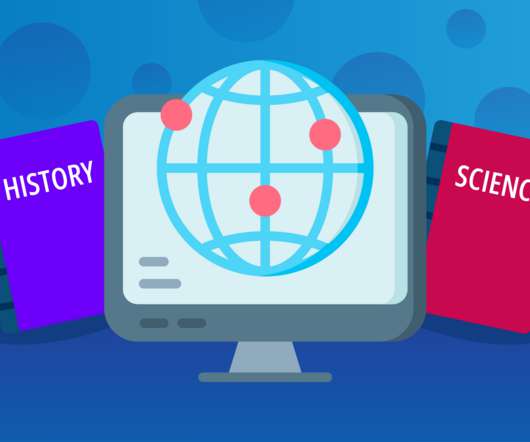
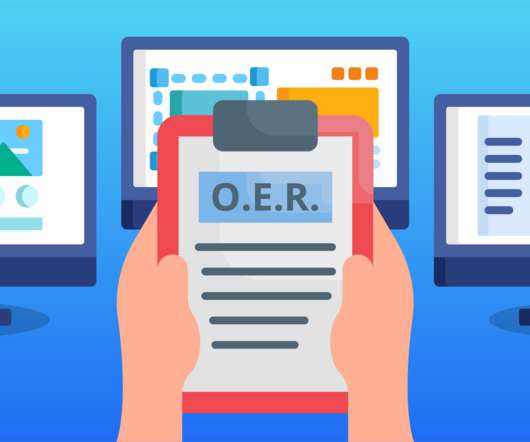
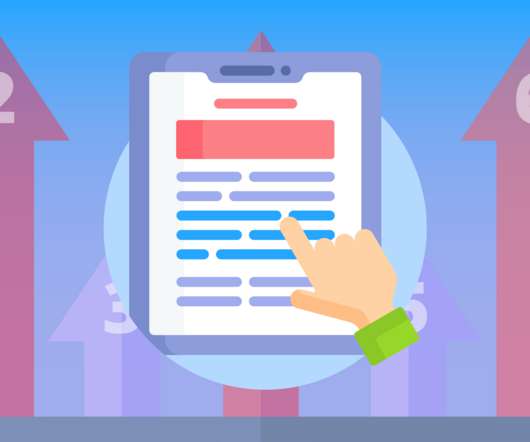
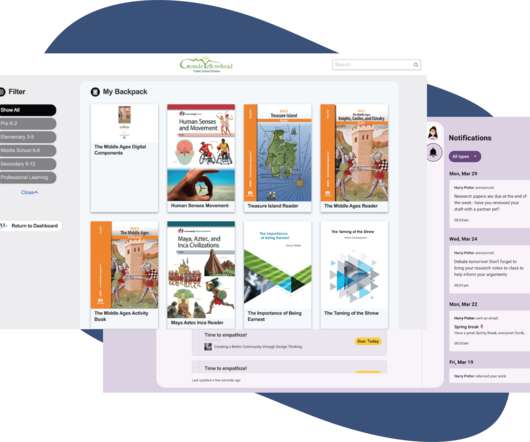
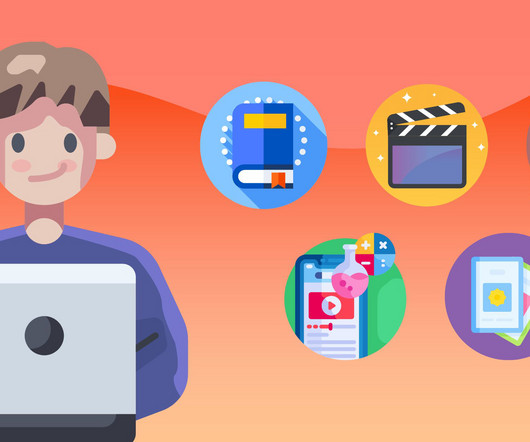
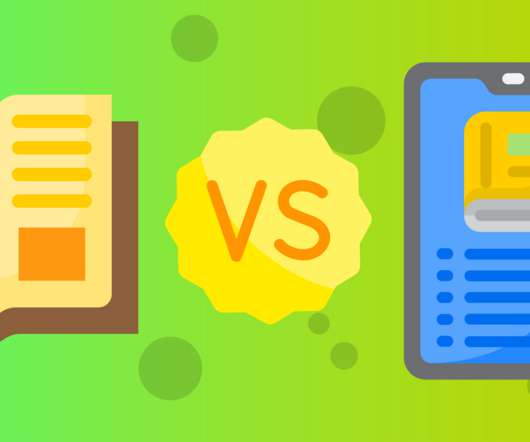
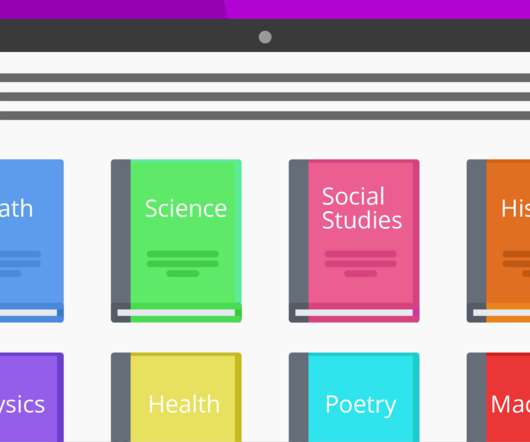









Let's personalize your content